
Introduction
Growing succulents has become a popular hobby for plant enthusiasts and beginners alike, due to their low-maintenance nature and striking appearance. Succulents are known for their ability to store water in their leaves, stems, or roots, which allows them to thrive in arid conditions and makes them an ideal choice for indoor gardening. In this article, we'll explore the best medium for growing succulents, how to propagate them, the most popular and unique varieties, and tips for proper care.
Best Medium for Growing Succulents
The ideal growing medium for succulents is well-draining soil. A mixture of potting soil with sand, perlite, or pumice can enhance drainage, preventing root rot. Commercial succulent or cactus mixes are also available and are formulated to ensure the right balance of moisture retention and drainage. It's crucial to choose containers with drainage holes to allow excess water to escape.
How to Propagate Succulents
Succulents can be easily propagated from leaves, stem cuttings, or offsets. To propagate from leaves, gently twist a leaf from the stem and let it dry for a few days until the cut end forms a callus. Then, place the leaf on top of well-draining soil and mist it lightly. Roots and a new plant will eventually grow from the end of the leaf. Stem cuttings can be propagated in a similar manner by letting the cut end callus over before planting. Offsets, or "pups," can be removed from the base of the plant and repotted once they have a few roots.
Most Popular Varieties
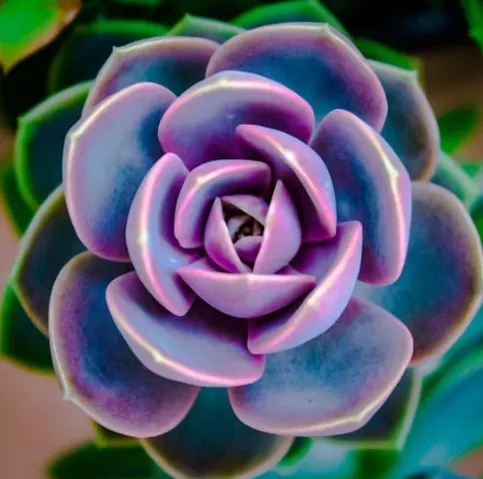
Echeveria
Known for their rosette shape and vibrant colors, Echeverias are one of the most popular succulents. They come in various shades including blue, green, pink, and purple.
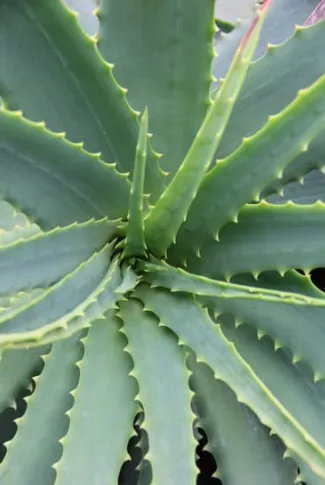
Aloe Vera
Aloe vera is a succulent plant species that is renowned for its beauty and medicinal properties. It has thick, fleshy leaves with serrated edges that grow in a rosette pattern. These green to grey-green leaves are filled with a clear gel that is widely used in skincare products, herbal remedies, and dietary supplements due to its healing, soothing, and moisturizing properties. Aloe vera plants are not only popular for their practical uses but also for their aesthetic appeal as houseplants. They are easy to care for, requiring minimal water, making them a perfect choice for both beginners and enthusiasts in succulent gardening. Originating from the Arabian Peninsula, aloe vera now grows in tropical, semi-tropical, and arid climates around the world, symbolizing adaptability and resilience. This versatile plant not only adds a touch of green to your space but also brings a piece of nature's pharmacy right into your home.
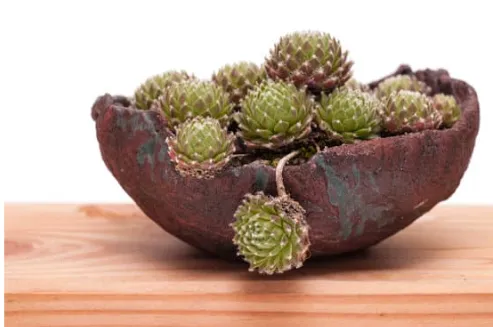
Sempervivum (Hens and Chicks)
Sempervivum varieties are hardy succulents that produce clusters of rosettes. They are called "Hens and Chicks" because the main plant (Hen) produces smaller rosettes (Chicks) around it.
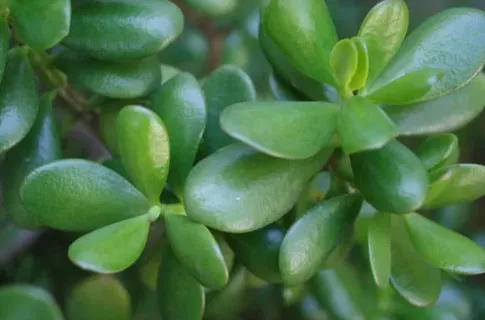
Jade Plant (Crassula ovata)
This succulent resembles a miniature tree and is considered a symbol of good luck.
Most Unique Varieties
Crassula Umbella: Often called "Wine Cup," it is known for its unique cup-like leaves.
Euphorbia Obesa: Resembling a ball, it lacks the traditional leaves of most succulents and is known for its distinctive, spherical shape.
Senecio Peregrinus: Also known as "String of Dolphins," this plant has leaves that resemble jumping dolphins.
Haworthia Cooperi: Known for its translucent leaves, which allow sunlight to penetrate through to the photosynthetic structures inside.
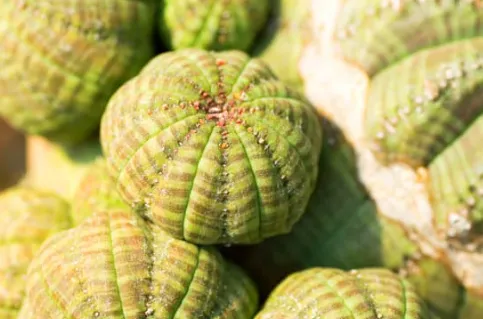
Euphorbia Obesa
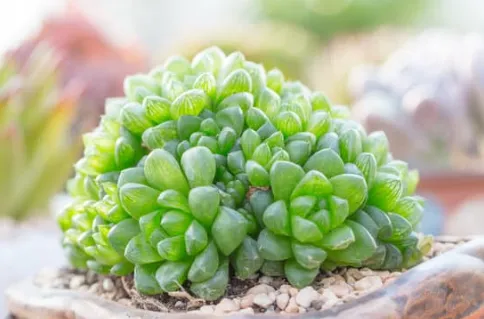
Haworthia Cooperi
Additional Succulent Varieties
Kalanchoe: A diverse genus with varieties that range from large, leafy plants to smaller, flowering ones. They are known for their vibrant blooms and thick leaves.
Sedum: Known as "Stonecrop," Sedums are versatile succulents that come in creeping and upright varieties, offering a wide range of textures and colors.
Agave: With their large, dramatic foliage, Agave plants make a statement in any collection. They are more suited to outdoor growth due to their size.
Lithops (Living Stones): These succulents mimic the appearance of stones or pebbles as a form of camouflage. They are small and fascinating, with a variety of textures and colors.
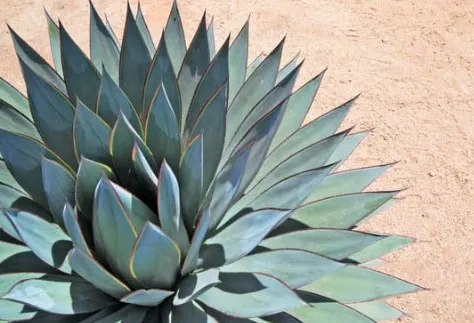
Agave
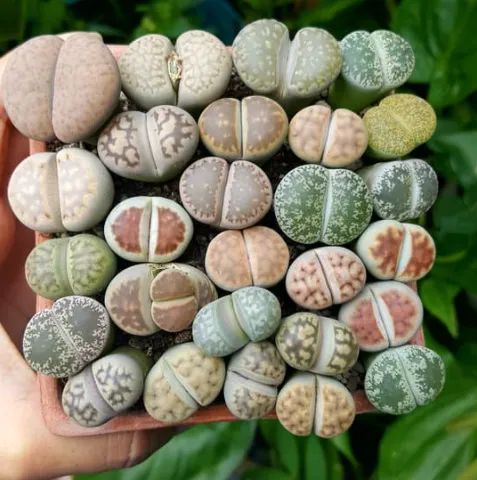
Lithops
Caring for Succulents
Light: Most succulents prefer bright, indirect sunlight. Some varieties may tolerate direct sunlight, but it's important to gradually acclimate them to prevent sunburn.
Watering: Allow the soil to dry out completely between watering. Overwatering is a common mistake that can lead to root rot. In the winter, succulents need even less water.
Temperature: Succulents generally prefer temperatures between 60-80°F (15-27°C). Protect them from frost and extreme heat.
Fertilizing: Feed succulents with a diluted, balanced fertilizer during their growing season (spring and summer) for best results.
Final Thoughts
Growing succulents is a rewarding experience that adds beauty and interest to your home or garden. With their wide range of shapes, sizes, and colors, there's a succulent to match every taste. By providing the right medium, understanding propagation techniques, and adhering to proper care guidelines, you can enjoy the unique charm of these resilient plants for years to come.
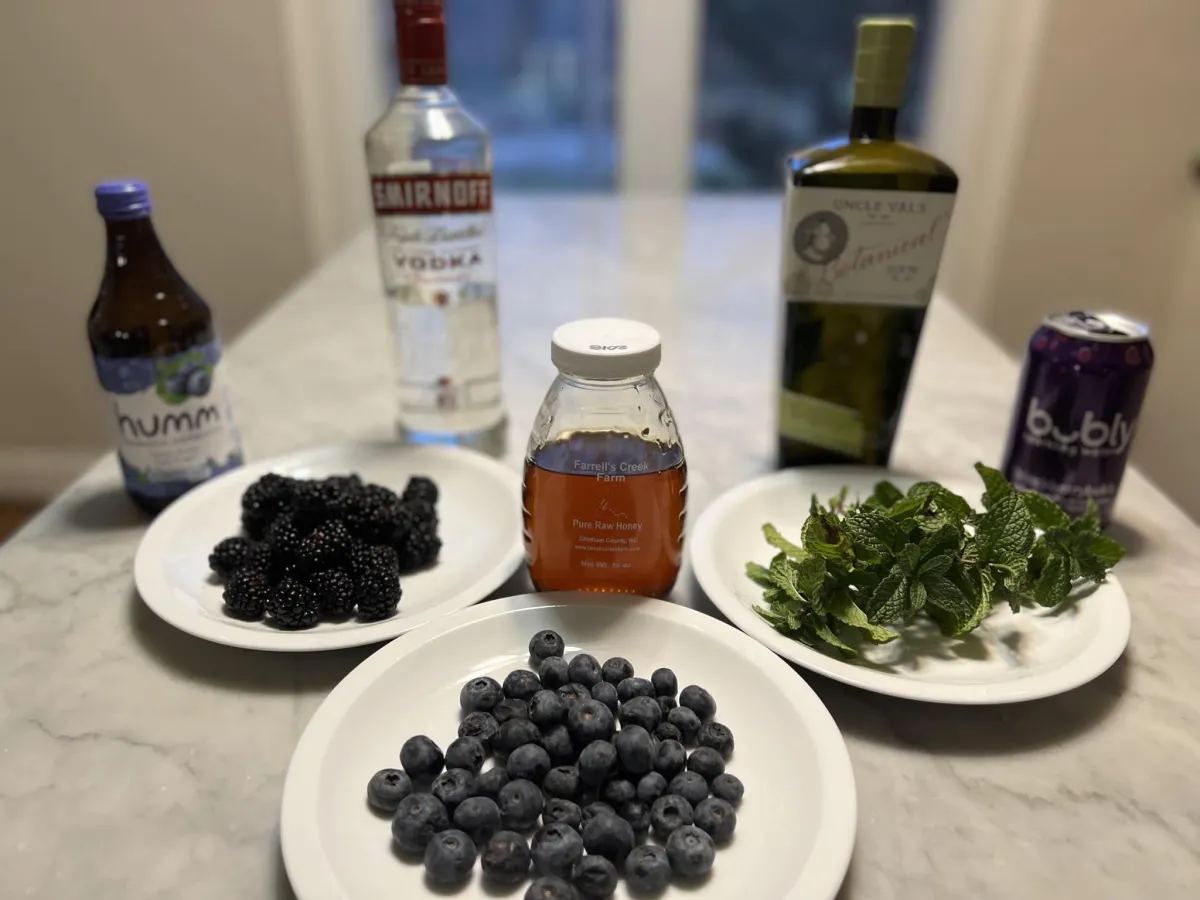
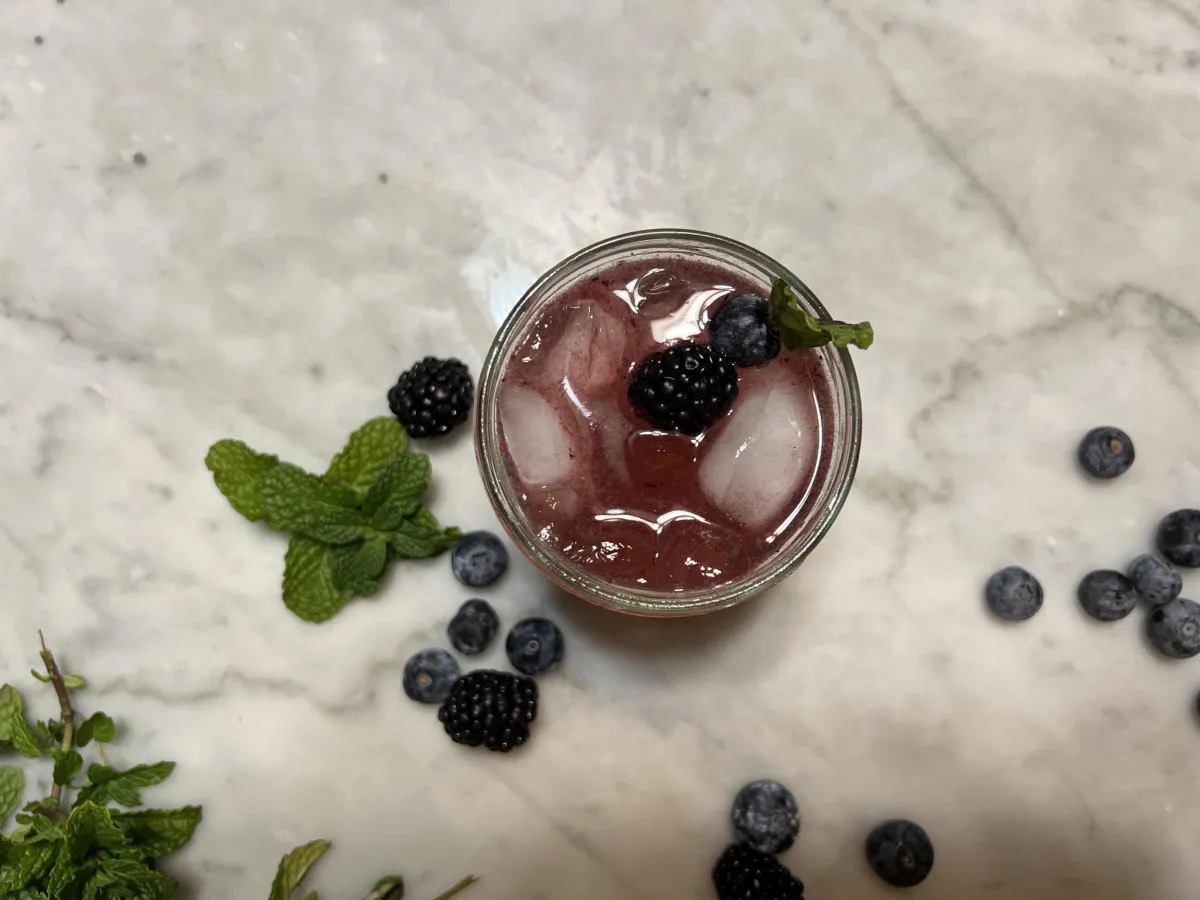
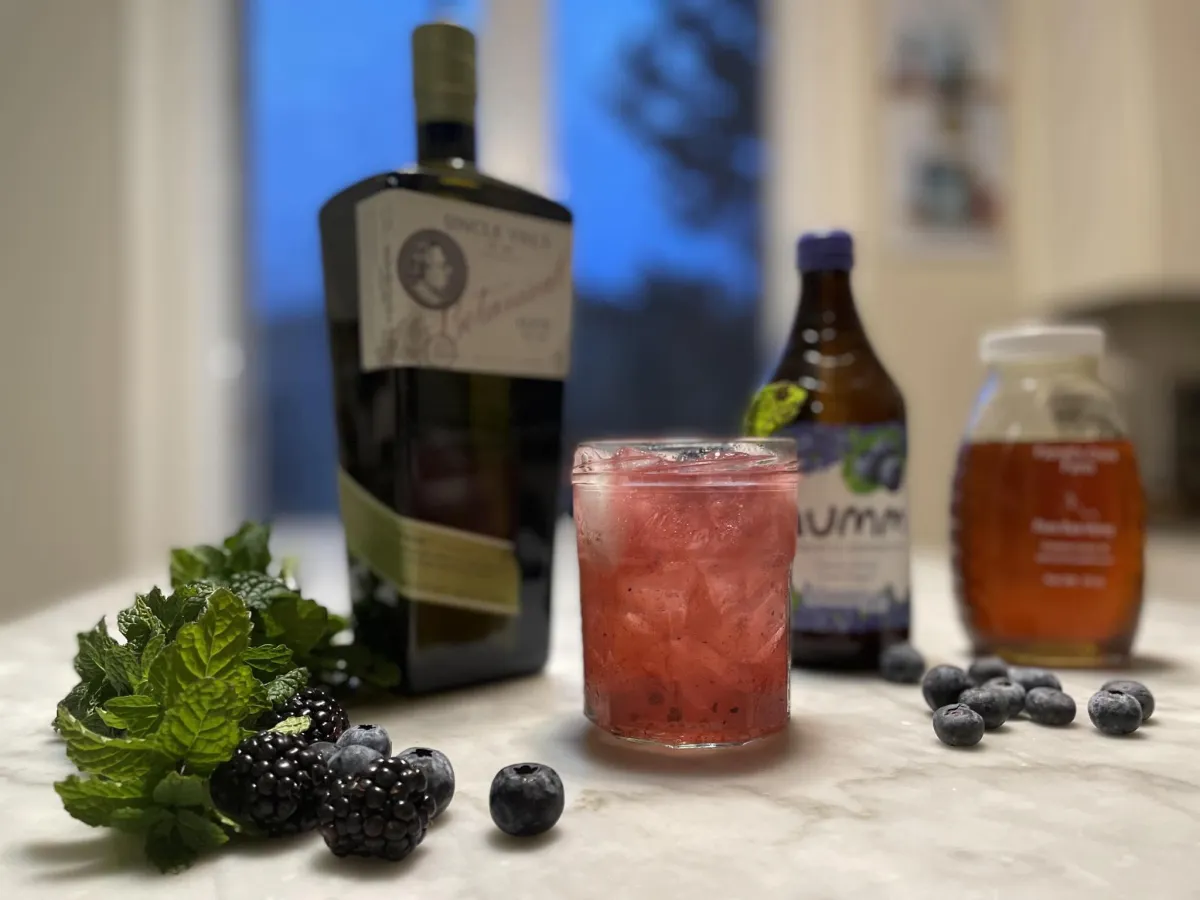
Receive free recipes, education, and exclusive email offers for our products, those of our friends and affiliates and notifications of new content.

email: [email protected]
Disclaimer: * Should you make a purchase via a link found in this website, it's important to understand that we may have a partnership with the provider of the product or service you're buying, which could result in compensation for us. We encourage you to conduct your own research prior to making any purchases.
Copyright 2023. All rights reserved.
